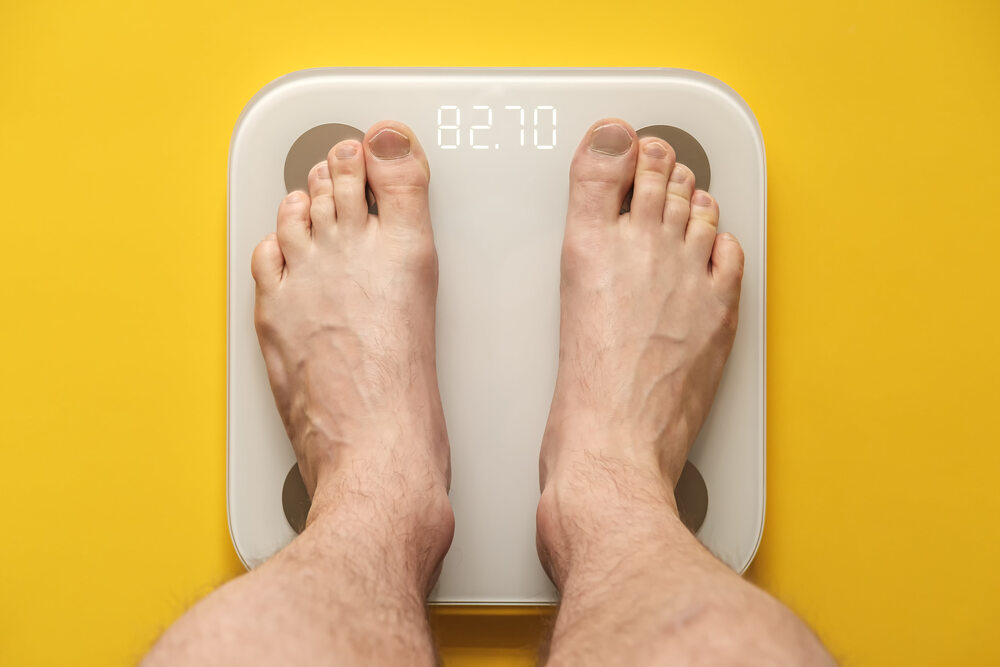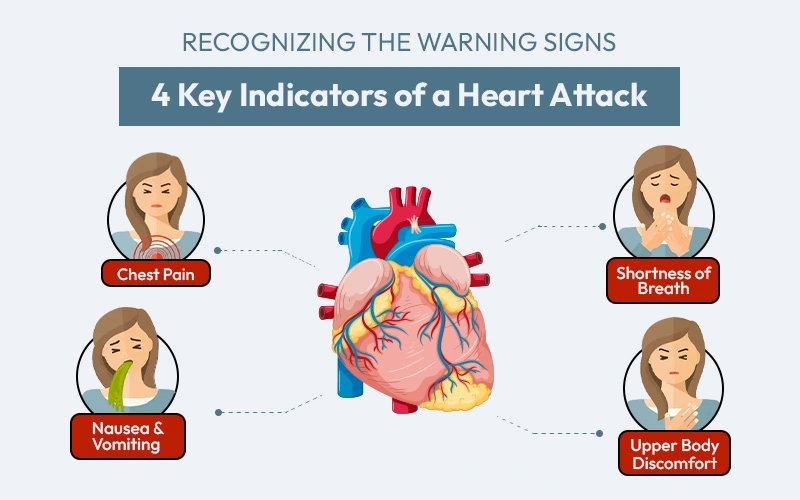
If you’ve been trying to lose weight but haven’t had lasting success with diets and exercise alone, there’s good news! GLP-1 receptor agonists—often just called GLP-1 or glucagon-like peptide-1 medications—are making a big difference in weight management for many people. These peptides are tiny protein fragments and have influence on digestion, metabolism and muscle growth.
What Are GLP-1 Receptor Agonists?
How GLP-1 Medications Work for Weight Loss?
Blood Sugar Balance: GLP-1 is mainly produced in the gut. When you eat, GLP-1 levels increase, helping regulate your blood sugar by encouraging the pancreas to release insulin while preventing the liver from producing too much glucose.
Appetite Control: GLP-1 doesn’t just stop there; it also signals your brain to reduce appetite, making you feel full faster and helping burn stored fat for energy. This natural response has a huge impact on eating habits, making GLP-1 an ideal target for managing blood sugar and body weight.
Short-Term Benefits of GLP-1 Therapy
- Weight Loss Support
- Improved Blood Sugar Control
- Lowers Blood Pressure
- Cholesterol management
- Sustainable Weight Maintenance
- Prevention of Obesity-Related Complications
- Enhanced Quality of Life

Like any medication, GLP-1 receptor agonists have its side effects as one’s body adapts to the treatment and many of these diminish over time.
Potential Side Effects of GLP-1 Therapy
Common Short-Term Side Effects:
- Gastrointestinal Issues: Nausea, diarrhea, Stomach pain and constipation often occur early in treatment but can be managed by eating smaller meals and avoiding high-fat foods.
- Injection Site Reactions: Redness or irritation at the injection site is common but usually resolves quickly.
- Pancreatitis
- Gallbladder issues
- Kidney Injury
- Allergic reactions
- Sudden Mood Behaviors
Why Consider GLP-1 Therapy for Weight Loss?








